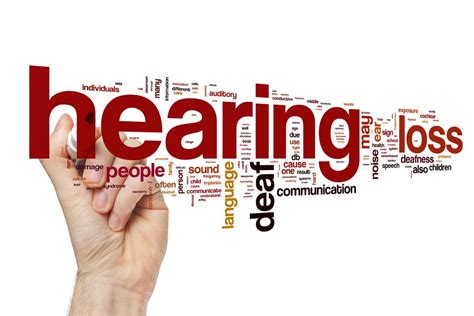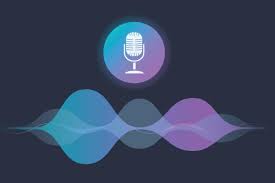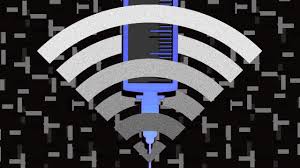Older adults can save tens of thousands of dollars annually by choosing assisted living communities over aging in place in their homes.
Unlike point solutions, Inspiren unifies resident safety, care planning, staffing, and emergency response into a single AI-powered platform.
An artificial intelligence-powered virtual assistant platform for senior living and care providers.
Betting that AI could lighten the clinician load.

 Today or soon you will launch a boomer/senior, home care offering, wearable product or a new service to help seniors or other new market entrants. As your company gets ready to travel into an online event battle with a plethora of
Today or soon you will launch a boomer/senior, home care offering, wearable product or a new service to help seniors or other new market entrants. As your company gets ready to travel into an online event battle with a plethora of Hearing aids and music -- why is this so difficult to solve for the elderly? The pandemic isolated everyone, but it may have been even worse for the hearing-impaired. Consider the oldest -- they are aged 85 or 86, love music and enjoy getting together with others in restaurants. The man loses one of the uninsured hearing aids and has to switch to backups that
Hearing aids and music -- why is this so difficult to solve for the elderly? The pandemic isolated everyone, but it may have been even worse for the hearing-impaired. Consider the oldest -- they are aged 85 or 86, love music and enjoy getting together with others in restaurants. The man loses one of the uninsured hearing aids and has to switch to backups that  ets sounded loudly at the arrival of Voice First.
ets sounded loudly at the arrival of Voice First.  Looking out toward the future – what trends matter most?
Looking out toward the future – what trends matter most?